Recent Articles
Popular Makes
Body Types
10 of the Most Powerful 4-Cylinder Cars You Can Buy
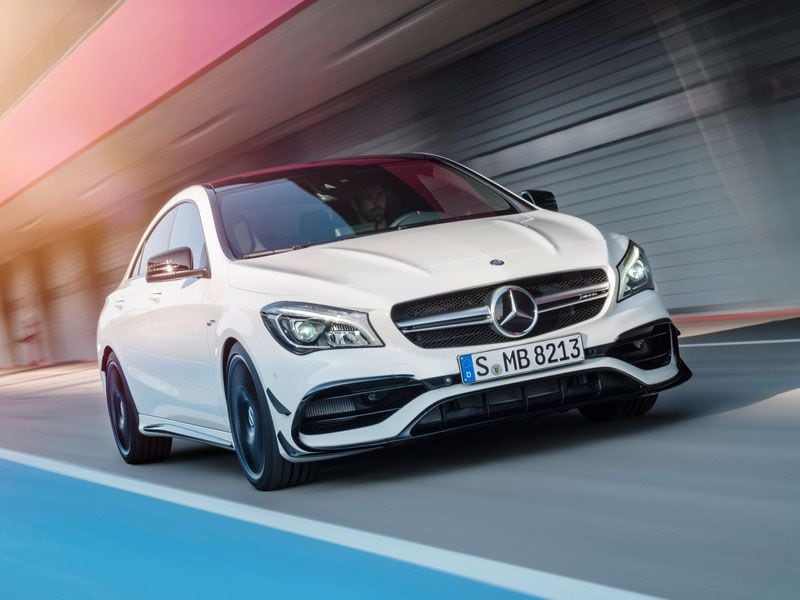
2017 Mercedes AMG CLA 45 in motion ・ Photo by Mercedes-Benz
It should be no surprise that 10 of the most powerful 4-cylinder cars listed here rely on turbocharging. The technology has come far, thanks to advances in engine management systems and the quest to make turbochargers the best they’ve ever been. A modern turbo 4-cylinder can easily match (or surpass) the output of a V6 from 10 years ago and embarrass V8 engines from 20 years ago. On the other side of that power coin, it will still deliver superior fuel consumption. That’s why so many manufacturers are going down this road. The function of turbocharging is to compress air going into the cylinder. With all that extra oxygen, once the spark plug ignites the air/fuel mix, there’s greater combustion, giving more power. Following is a list of the best examples of cars with this combination of power and fuel-efficiency.
2017 Alfa Romeo Giulia 2.0T
The 2017 Alfa Romes Giulia has already caught everyone’s attention with the debut of the range-topping Quadrifoglio model, sporting 505 hp and giving the 425-hp BMW M3 a run for its money. The 2.0T version keeps the overall (and arguably good-looking) Giulia styling and still packs a remarkable punch with 280 horsepower and 306 lb. ft. of torque. The “lb-ft” figure is the amount of torque the engine produces. Imagine lifting a weight. Torque would be how quickly you could lift it. Horsepower would be how much weight you can lift. Pardon the diversion into tech-talk, but understanding such things brings a deeper appreciation of machines as captivating as the Giulia. Should the German and Japanese rivals seem too bland, check this out.

Photo by Alfa Romeo
2017 Audi S3
If the all-wheel-drive 2017 Audi S3 compact sport sedan is a little too practical, this 2.0-liter engine may also be found in the stylish Audi TTS coupe. But let’s sing the praises of the S3, a car with levels of power, equipment, handling and technology that are beautifully balanced, with every aspect complementing the others. Hot without being crazy hot (standstill to 60 mph in 4.6 seconds,) the S3 engine offers 292 horsepower and 280 lb-ft of torque while sporting Audi’s coolly precise design language. If more practicality is required, the 2017 Volkswagen Golf R has the identical method of propulsion at a lower cost and offers a maximum of 52.7 cubic feet of cargo space.

Photo by Audi
2017 BMW 230i
Our choice here is the smaller car in the BMW series, the 2017 BMW 230i, so the power-to-weight ratio is more advantageous despite the 2.0-liter engine also being what propels the 330i. 248 horsepower and 258 lb-ft of torque make driving it a real treat. The ideal choice would be the rear-drive version for a more neutral feel to the handling and that’s the archetypal BMW setup. The true enthusiast may also order a 6-speed manual transmission. The 230i is technically a new model for 2017, replacing the 228i thanks to an update under the hood. Despite its cozy dimensions, the 2 Series (available in coupe or soft-top convertible form) is still classy and capable while offering some undeniable German-car cachet.
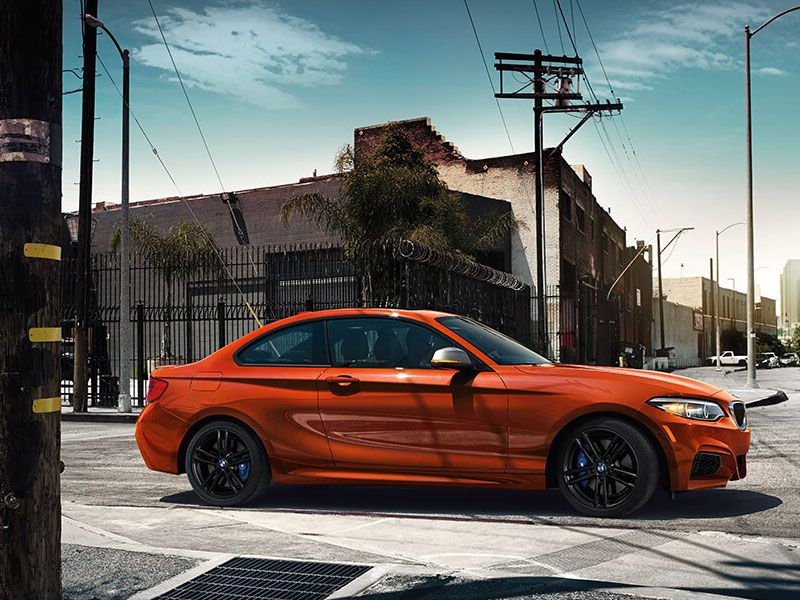
Photo by BMW
2017 Cadillac ATS
The 2017 Cadillac ATS premium sedan and coupe range start out with this 2.0-liter engine, but it’s far from basic. It provides 272 horsepower and 295 lb-ft of torque, a more than respectable amount of energy to a nimble rear-drive chassis (all-wheel drive is optional.) This combination results in a welcome degree of involvement at a time when many cars are growing increasingly numb. The engine also has balancer shafts and electronic mounts for an uncanny smoothness in operation. Admittedly, the ATS doesn’t make buyers of premium compact cars open their wallets as readily as a BMW 3 Series or an Audi A4, but it has both of them beat in the power stakes.
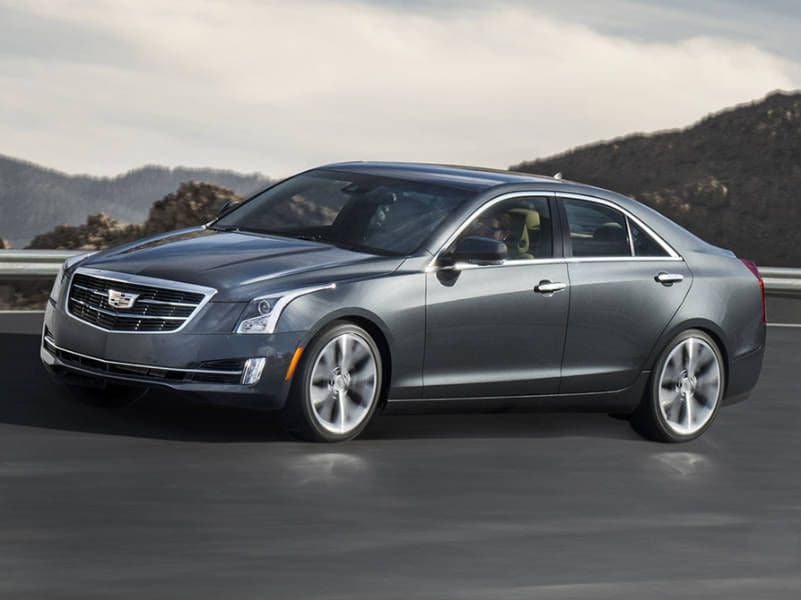
Photo by Cadillac
2017 Chevrolet Camaro
Gone are the days when pony cars absolutely had to have a V8. While the big-engined Camaro SS is indeed wonderful, this entry-level 2017 Chevrolet Camaro with a 2.0-liter turbo unit is lighter at the nose and therefore exceptionally adept at obeying steering inputs. The engine produces 275 horsepower and 295 lb-ft of torque, which works in tandem with the best suspension that’s ever gone into a Camaro, means the whole package adds up to a seriously desirable (and reasonably affordable) machine. It comes as a coupe or convertible, and this is how good the current Camaro is — it’s worth cross-shopping it against a BMW 2 Series. Seriously. Some may criticize the limited outward vision, but a rearview camera comes as standard, and there’s the option of blind spot monitoring.
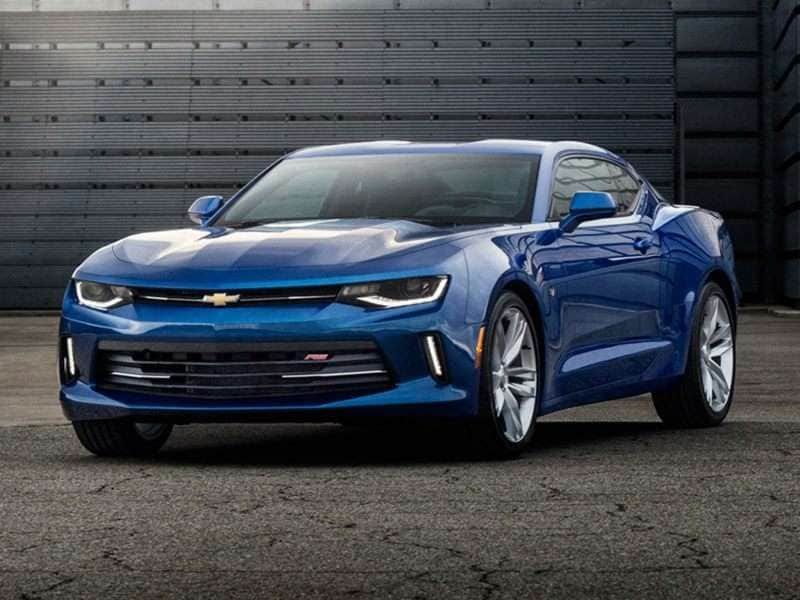
Photo by Chevrolet
2017 Ford Focus RS
In Europe, there’s a fine tradition of hot hatchbacks; the European-derived and American produced 2017 Ford Focus RS is about as fiery as it gets. Squeezing 350 horsepower and 350 lb-ft of torque into a compact hatchback is either crazy or inspired. Probably both. The RS directs its turbocharged 2.3-liter engine output to all four wheels through a 6-speed manual transmission. The RS is a thrilling package of kinetic energy and laser-sharp handling. The bad news is that this generation will soon come to an end (there’s an all-new 2019 model on the drawing board.) For those who consider the RS too hard-core but still want four cylinders, try the 252-hp Focus ST (another bundle of frenetic fun) or the 310-hp Mustang EcoBoost.
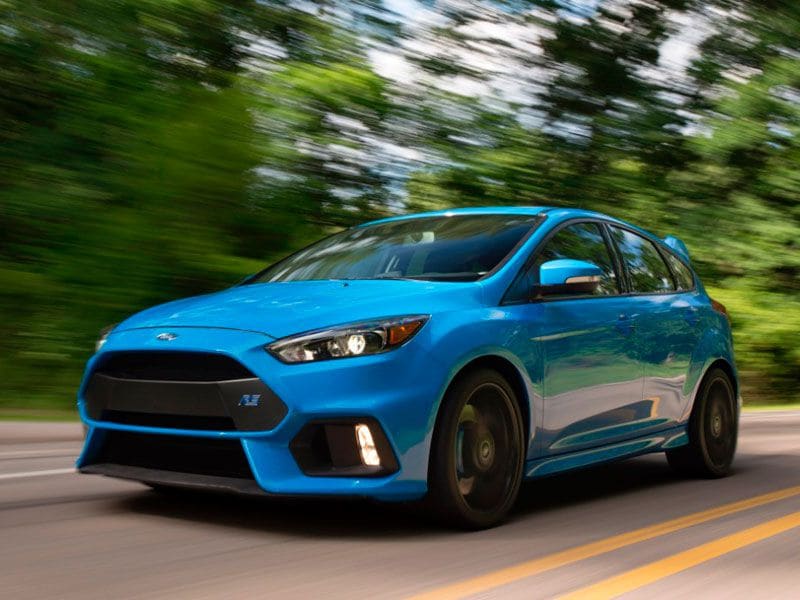
Photo by Ford
2017 Honda Civic Type-R
Not only is this the most powerful production Civic ever made, the 2017 Honda Civic Type-R might be the most muscular street-legal car to come out of a Honda factory. The Accord V6 has “only” 278 hp and that’s a considerably weighty midsize sedan. The Type-R is compact — yet with a top speed of 170 mph, which is insane and admirable. The turbocharged 2.0-liter engine produces 306 horsepower and 295 lb-ft of torque and drives the front wheels only (via a 6-speed manual transmission,) but things are kept tidy with a helical limited-slip differential and some of the widest tires Honda has ever fitted. The styling is busy and loud enough to be in a “Transformers” movie, but some people will find it appealing.
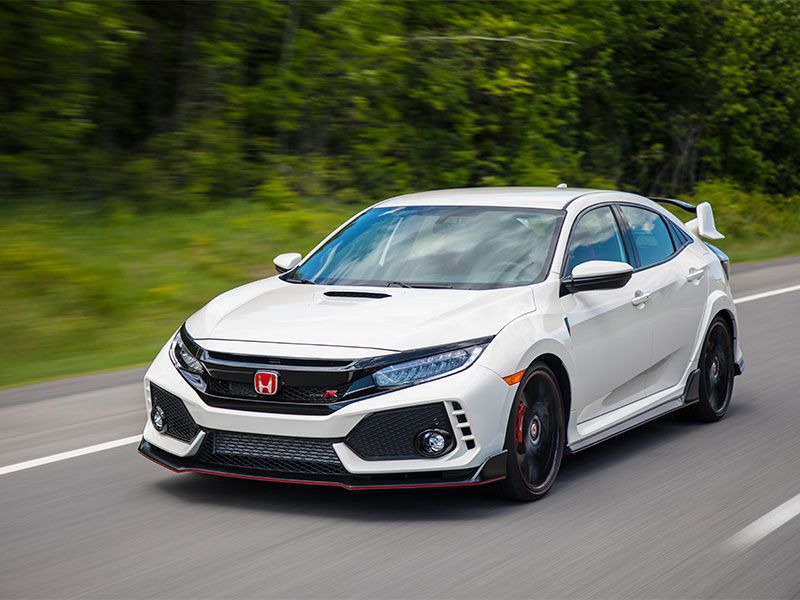
Photo by Honda
2017 Mercedes-AMG CLA45 4Matic
This is the most powerful production 2.0-liter/4-cylinder engine available and it’s borderline astonishing. To generate so much energy and be offered in a Mercedes-Benz vehicle (instead of some obscure marque where reliability might not matter so much) is a clear indication of how strong and well engineered this unit is. The 2017 Mercedes-AMG CLA45 4Matic is also the least expensive way to get into a brand-new AMG, but certainly doesn’t feel anything less than superb with 375 horsepower and 350 lb-ft of torque. It’s wickedly quick (standstill to 60 mph in 4.1 seconds,) utterly sure-footed, and easily the most complete, well-rounded member of the CLA range. Turbocharged engines don’t typically sound inspiring, but this car bucks that particular trend.

Photo by Mercedes-Benz
2017 Porsche 718 Boxster S/718 Cayman S
Two siblings, one a convertible, the other with a fixed roof, are how we describe the 2017 Porsche 718 Boxster S and 718 Cayman S. Up until last year (the end of a generation) both cars had naturally aspirated flat-6 engines. But emissions regulations make ever-increasing demands, and now the 718 models use 2.5-liter turbocharged flat-4 units resulting in 350 horsepower and 309 lb-ft of torque. The way these vehicles deliver their power, especially in these higher-performance S versions, will keep drivers busy and entertained enough not to be bothered by any difference. Both cars are mid-engined, so they each have an excellent balance. Maximum torque is achieved at 1,900 rpm, ensuring a juicy low-end punch. And now they have nearly as much power as a 911, the perpetual jewel in Porsche’s crown.
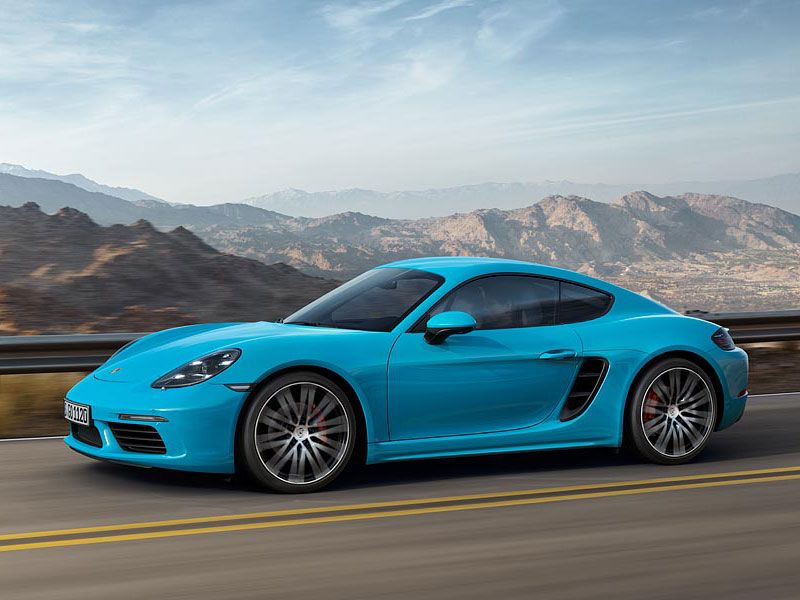
Photo by Porsche
2017 Volvo V60 Polestar
We have already extolled the virtues of turbocharging, but there’s another form of forced induction known as supercharging and it can be found in the 2017 Volvo V60 Polestar. Instead of running off the exhaust, a supercharger is belt driven, so it doesn't have to wait for the engine to make exhaust gases before it can kick in. Volvo has applied both methods to some of its engines, so there’s no chance of lag (something that used to afflict older turbocharged engines). And it manages to extract some big numbers from just a couple of liters. The XC90 SUV T6 has a muscular 316 hp and 295 lb-ft of torque. But it’s Volvo’s high-performance Polestar division that has propelled the all-wheel-drive V60 into the 4-cylinder stratosphere with 362 horsepower and 347 lb-ft of torque.
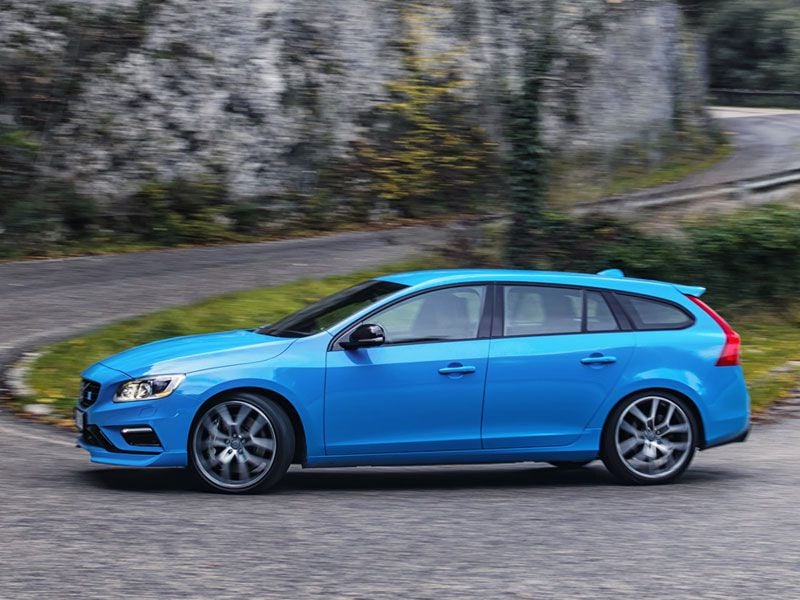
Photo by Volvo